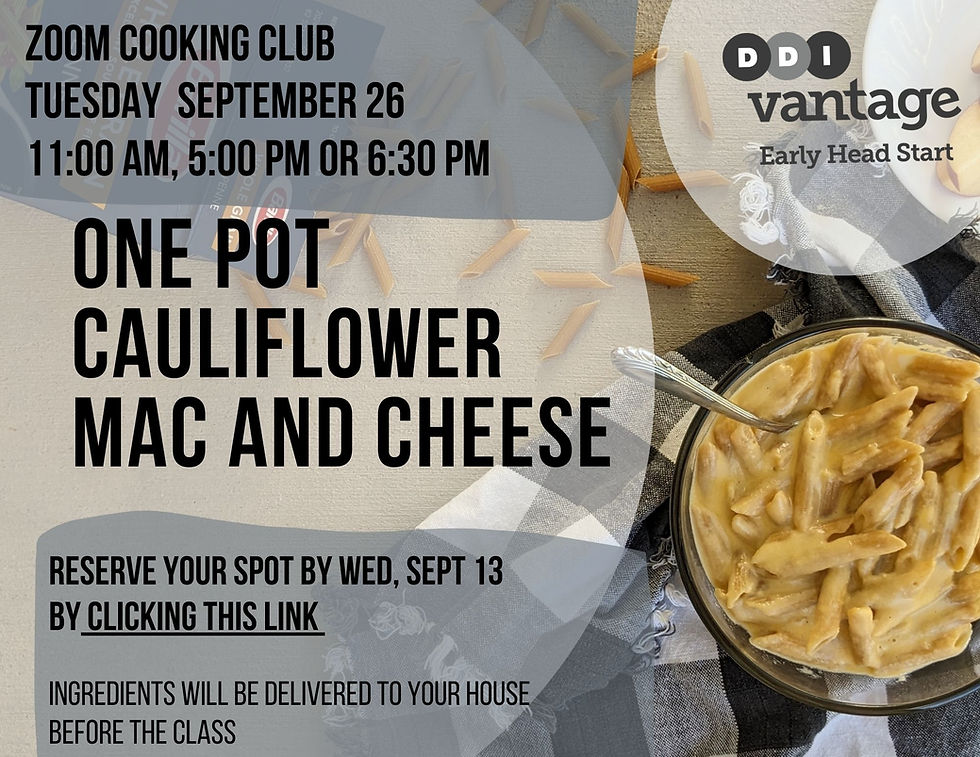The time flashed on my phone as I reached past it to place one more block on the tower I was building with my toddler. I wondered how 5pm came so fast. I also wondered if this day was ever going to end.
I'd been up most of the night with my newborn, and then up for good at 6am with my terrible-two-toddler. The never ending day was full of toddler tantrums, diaper blow-outs, landmines of toys, mountains of laundry and now.....

Dinner time. (dun - dun - dun)
I didn't have an ounce of energy left to plan or prepare a meal. The thought of making Mac and Cheese or Ramen again left me feeling guilty. I was a Registered Dietitian, why couldn't I manage to pull a real meal together?
Then I remembered meal planning rule #1: a healthy meal includes the 5 food groups
This sounds counterintuitive, but remembering that rule made dinnertime easier and helped me let go of my guilt. How does including the 5 food groups make dinner easier?

Eating something from all 5 food groups ensures that you get enough carbs, protein, fats, vitamins and minerals to continue on with your day. It also makes it easy to serve a healthy meal without doing any cooking.
My dinner that night consisted of: cheese, whole grain crackers, canned applesauce and canned beets.
Fruit? applesauce
Vegetable? beets
Whole Grain? crackers
Protein? cheese
Milk? to drink
Dinner took only a few minutes to prepare, and I left the table feeling confident that I had fueled my body with the nutrition it needed to continue battling my two year old and folding mountains of laundry.
I made a lot of fast and simple dinners those first few years of my children's lives. When you remember to include all 5 food groups, you can make a healthy + filling meal in no time.
Common no-cook meals we eat often:
whole wheat bread + peanut butter + jam serve with canned peaches + cucumber slices
green smoothies + whole wheat toast (berries, juice, spinach, milk blended) + toast
avocado toast (whole wheat bread + veggie) + yogurt with fruit (protein + fruit)
cottage cheese, crackers, pears, carrot sticks
hummus, crackers, fresh fruit (whatever is in season) + bell peppers (to dip in hummus)
tortillas + refried beans + canned corn + mango smoothie (mangoes + milk blended)
Other ideas for minimal cooking:
box mac + canned fruit + canned green beans (most kids love these, they are salty yum!)
ramen (add in frozen stir fry veggies + an egg) + canned/frozen fruit
chicken nuggets + whole wheat toast + fresh strawberries + cucumbers
hot dog + whole wheat bun + fruit & veggie
Any meal can be a healthy meal if you use WHOLE GRAINS and add a FRUIT + VEGGIE
Here's why serving all 5 food groups matters:
Each food group contains different types of nutrients (click the links for more info):
Fruits: Fiber, Folate, Potassium and Vitamin C
Vegetables: Fiber, Phytochemicals and Vitamins A, C, E and K
Grains: carbs for energy! B vitamins, some minerals + fiber (if you use whole grains)
Proteins: protein and fat to build tissues! contain: B vitamins + minerals (like iron and zinc)
If you leave out a food group, you miss out on the nutrients found in that food group.
Serving the 5 food groups is the simplest way to eat healthy.
More simple meals (that require a little bit of cooking):

broccoli baked eggs + avocado toast + fresh fruit
grilled cheese on whole grain bread (= grain & protein) + applesauce + canned tomato soup
homemade macaroni (= grain & protein) + cauliflower + canned peaches
whole wheat tortilla + cheese + black beans + bell peppers + frozen mangoes
rice and bean salad + watermelon
veggie noodle soup + cheese sandwiches (= grain & protein) + apple slices

tuna noodle casserole (= grain & protein) + canned peaches + canned green beans
lasagna (= grain & protein) + canned green beans + apple slices
salad greens + kidney beans + corn + strawberries + CROUTONS! + cheese & dressing
whole wheat pancakes, eggs (cooked with spinach) + fresh fruit
Want more ideas? click this link for meal ideas from choosemyplate.gov or ask your FA about out monthly cooking classes!
Simple meals like these expose kids to different foods, which prevents picky eating and promotes healthy eating habits. Chopping up a watermelon to serve with your Mac + Cheese isn't too time consuming, but it is the easiest way to teach kids how to eat healthy.

Now that my kids are older, they cook healthy dinners for us. Often it's just mac and cheese with canned corn and canned peaches. But it always contains the 5 parts. They also know how to pack a healthy lunch. Every day, they pack a fruit, vegetable, grain and protein.
I don't have to nag or remind them, they just know.
Following this simple meal planning rule guarantees healthy family meals.
It won't save you from toddler tantrums, diaper blowouts or mountains of laundry. But it will give you confidence that the meals you serve are healthy, even if it's just cheese and crackers with a side of fruit and vegetables.
Feel like you need more help with nutrition or meal planning?
Here's a great website with more information: https://www.myplate.gov/
You can also ask your FA for a referral to the dietitian or signup for our monthly cooking class.
Happy Eating!













